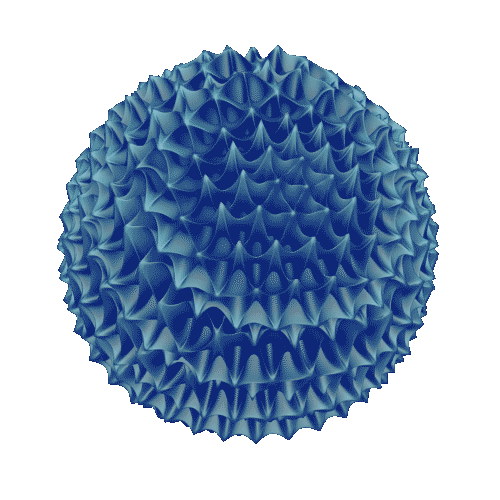I know this is going to sound insane… but I’ve been connecting some dots and I’m starting to think the biggest surveillance system in the world isn’t your phone, your Alexa, or your smart fridge.
It’s the weeds in your backyard.
Specifically: dandelions.
⸻
The Theory (aka what I’ve been calling The Dandelion Protocol)
Big Tech (Google, Amazon, Bayer/Monsanto) has been quietly funding bioengineering research into “urban-resilient” plant life — mostly dandelions, clover, crabgrass — for over a decade.
Why?
Because plants are perfect passive data collectors: • They don’t need power. • They grow everywhere. • Nobody questions them.
⸻
What Are They Doing?
I believe they’ve created genetically-modified variants of these weeds with micro-markers in their pollen and root systems.
These markers can be picked up by satellites, drones, or ground sensors to: • Map precise property boundaries • Detect recent disturbances (mowing, digging, construction) • Analyze soil chemistry (which says a lot about what’s happening on your land) • Train AI models for terrain recognition and autonomous navigation
Basically — the “natural” spread of dandelions is actually a low-tech sensor network designed to blanket suburban and rural environments.
⸻
Evidence?
Start paying attention: • Ever notice how dandelions always seem to grow right along sidewalks, fence lines, and property edges? Almost like boundary markers. • Some indie lab tests (look them up — hard to find, of course) found weird metallic nanoparticle traces in urban pollen samples. • Drone footage of overgrown lots shows shockingly geometric growth patterns — too symmetrical for a “random weed.” • Remember Google’s obsession with mapping the physical world? They mapped streets — what’s stopping them from mapping private land using nature?
⸻
The Most Messed Up Part?
Every time you mow your lawn, pull weeds, or till soil — you’re activating the protocol.
These plants are designed to log disruption. Their roots can record soil chemistry changes, and drones can fly over later and gather that data using hyperspectral imaging.
If your property stays messy? You’re low-priority.
If you maintain it often? You’re on the grid.
⸻
The Endgame?
An AI-driven “Internet of Natural Things” — where plants, fungi, bacteria — all feed environmental data back to Big Tech.
Nature isn’t random anymore.
It’s infrastructure.
⸻
“The trees may have ears… but the weeds have eyes.”
⸻
Would love to hear if anyone else has noticed weird patterns in their area. Especially in cities doing smart grid rollouts or heavy drone surveillance.
[link] [comments]








 English (US)
English (US)